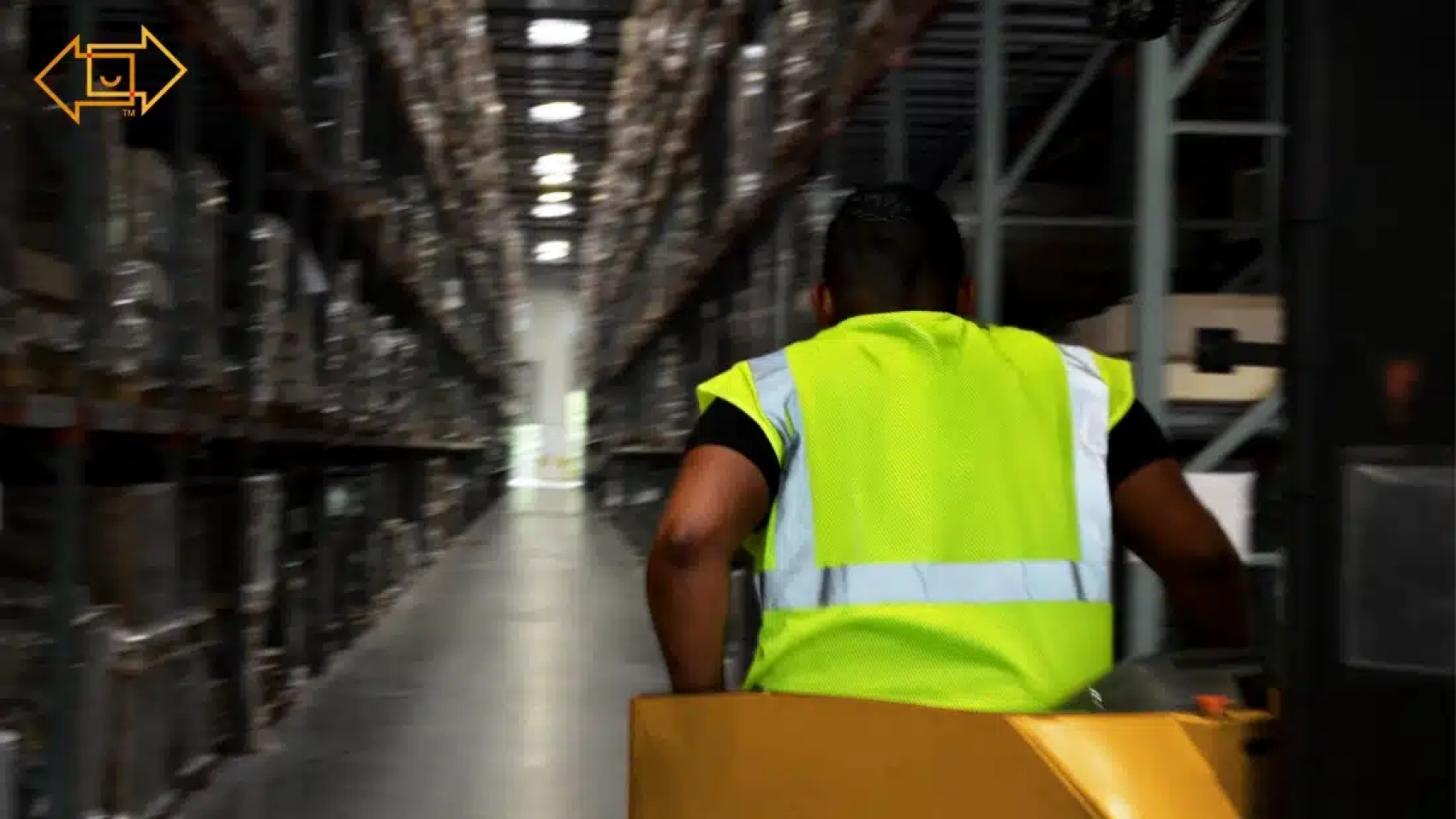Driving Efficiency Through Warehouse Innovation
Innovating warehouses goes beyond jumping on the latest technology bandwagon; it is really about rethinking how everything operates. As Denzel Davis, Torrence Gibson, Stephen Birtsas, and Drew Cekada note in their Supply Chain Dive article “Re-imagining Warehousing Innovation and Resilience,” we should not see digital transformation as a one-size-fits-all fix. To truly succeed, warehouse operations need a careful mix of technology, strategic processes, and the human touch.
Warehouses are constantly under pressure, facing challenges like labor shortages and global supply chain hiccups that can put even the most advanced systems to the test. The key to overcoming these hurdles lies in combining digital tools with human creativity to create operations that are agile, resilient, and ready for the future.
Digital Transformation in Warehouse Operations
Digital transformation in warehouse operations has emerged as a crucial driver for boosting efficiency, accuracy, and sustainability. However, many organizations confuse simply adopting digital tools with genuine innovation. Investing in automation, AI, or robotics alone doesn’t guarantee better performance; it’s the strategic integration of these technologies that fuels true warehouse innovation.
Forward-thinking companies start by pinpointing operational pain points, such as inefficiencies in space utilization, inventory management, or labor planning, and determining where technology can best complement human roles. The goal of automation should be to support and elevate the workforce, not to replace it.
- Inventory tracking systems with real-time visibility eliminate manual data entry errors and enable proactive decision-making.
- Autonomous forklifts and AMRs (automated mobile robots) streamline pallet movement, reduce physical strain, and improve safety.
- Predictive analytics and simulation, along with warehouse layouts and processes, allow managers to experiment with and refine new strategies in a virtual space before implementation.
Each of these tools boosts operational performance, especially when paired with employee training, clear communication, and thoughtful change management. The aim is to turn warehouse operations into a unified, data-driven ecosystem that embraces technology for the right reasons, not just for the sake of it.
The Human Side of Warehouse Innovation
While digital transformation drives automation, people remain at the core of warehouse innovation. Technology should enable workers, not sideline them. The most resilient operations prioritize training, adaptability, and employee engagement alongside new tech investments.
The ongoing labor shortage is a significant hurdle for logistics and distribution, with 57% of supply chain executives citing it as a challenge in meeting demand. Workforce retention and morale are critical components of innovation at this time.
When employees understand how digital tools improve their day-to-day tasks by reducing repetitive duties, improving safety, and simplifying communication, they become more engaged and productive. Automation technology allows workers to shift their focus to more valuable tasks, like problem-solving, process improvement, and quality control.
Adopting a people-first approach nurtures long-term loyalty and encourages a culture of continuous improvement, which is vital for maintaining operational excellence, especially during disruptive times.
Building Adaptable Warehousing Systems
In the face of labor volatility, cyber threats, or fluctuating demand, modern warehouse operations need to be agile without compromising on quality or performance.
Three essential pillars support resilience in digital transformation:
- Visibility: Real-time tracking and data analytics give managers instant insight into what’s happening across facilities, allowing for proactive decision-making.
- Agility: Flexible systems allow for quick adjustments in response to seasonal changes or economic shifts.
- Continuity: Built-in risk mitigation, cybersecurity protocols, and well-trained teams protect against disruptions and ensure steady output.
Companies that weave these essential pillars into their warehouse innovation strategies not only minimize downtime but also enhance on-time fulfillment, safety, and overall customer satisfaction.
How ShiftSwap Supports Warehouse Operations
While technology alone can’t implement a labor plan, ShiftSwap effectively streamlines the process by aligning workforce flexibility with operational objectives. As warehouses undergo digital transformation, dynamically managing staffing becomes vital for maintaining resilience.
With ShiftSwap, managers can:
- Post voluntary time off (VTO) when demand slows, cutting costs without cutting jobs.
- Offer overtime and partial shifts during busy periods, matching labor supply to daily volume needs.
- Notify eligible employees instantly via text or email, promoting fairness, transparency, and quick responses.
This platform digitizes shift management and simplifies how warehouse leaders connect with their teams. By enabling real-time adjustments, operations remain efficient while employees enjoy greater control over their work-life balance.
Furthermore, the labor cost savings realized through ShiftSwap can be reinvested in vital areas like mental health resources, safety programs, and technical training, leading to a more satisfied workforce.
As a result, ShiftSwap becomes an integral part of warehouse innovation by complementing automation with human flexibility and operational intelligence.
Strategic Steps Toward Warehouse Digital Transformation
Achieving sustainable warehouse innovation requires a clear roadmap. Companies that successfully modernize their operations follow three strategic steps:
- Define the Vision: Identify inefficiencies and set measurable goals. The approach might involve improving order accuracy, reducing turnover, or boosting throughput capacity.
- Build the Foundation: Invest in technologies that provide immediate value, such as warehouse management systems (WMS), data analytics tools, or automation software. Combine these with a communication plan that ensures workforce buy-in.
- Scale and Optimize: Leverage insights from pilot programs to expand digital tools across various facilities. Keep an eye on performance data and continuously tweak processes to ensure lasting results.
When digital transformation is implemented strategically and inclusively, it develops from a mere project into a sustainable competitive advantage.
The Future of Warehouse Innovation
Warehouse innovation focuses on creating operations that thrive with both human input and technological support. Embracing digital transformation in warehouse operations delivers the speed, accuracy, and transparency needed to remain competitive, while human creativity and adaptability foster long-term resilience.
As the supply chain landscape continues to shift, the companies that will come out on top are those that thoughtfully embrace digital transformation, prioritize their workforce, and utilize tools like ShiftSwap to implement labor plans effectively.
In the end, innovation isn’t just about technology, but also about how you use it to empower your workforce and strengthen your operation from the inside out.
Start Planning for Success
Schedule a demo with ShiftSwap™ today and learn how to streamline your workforce management.

